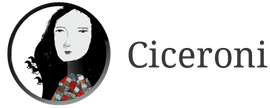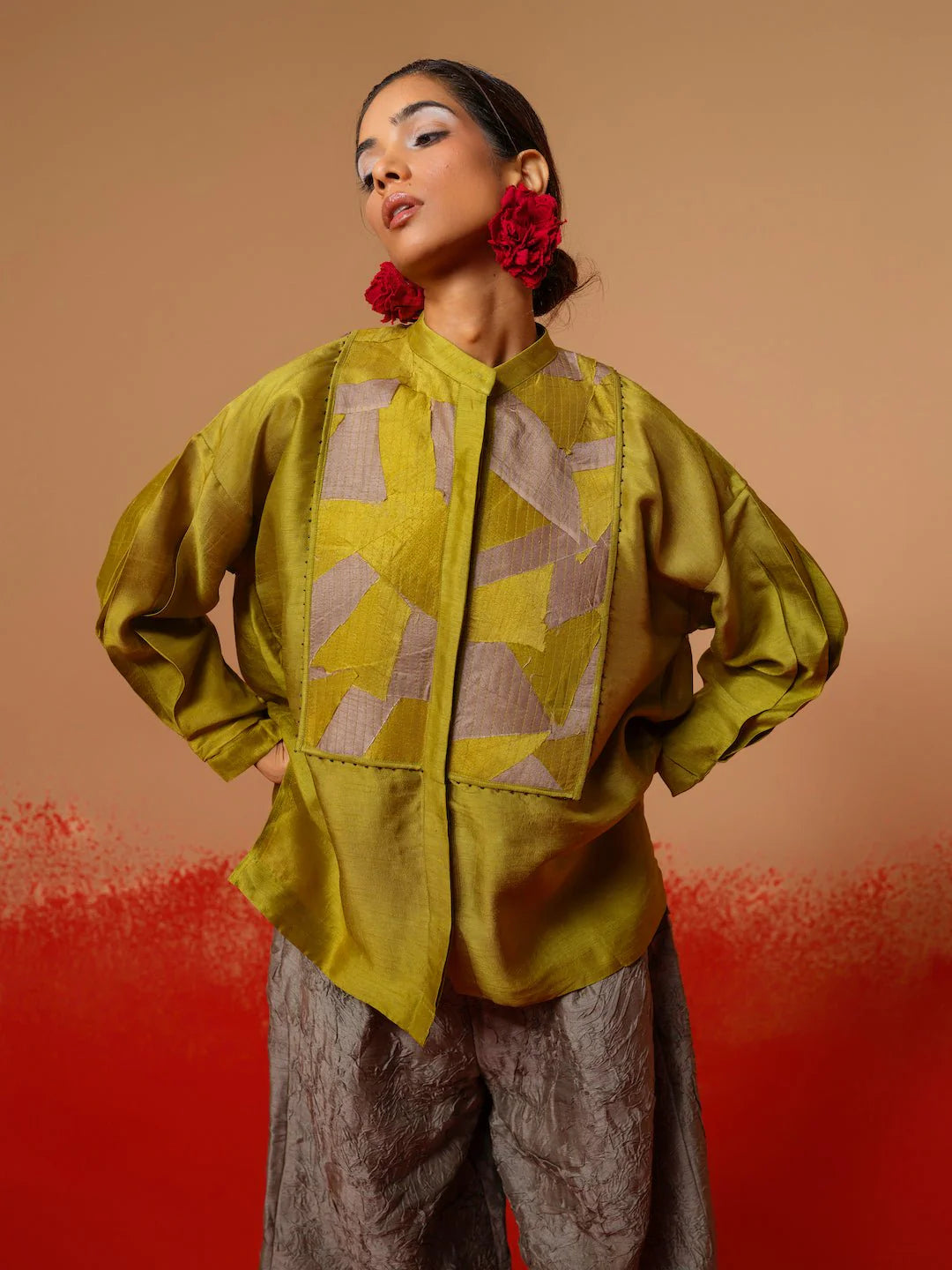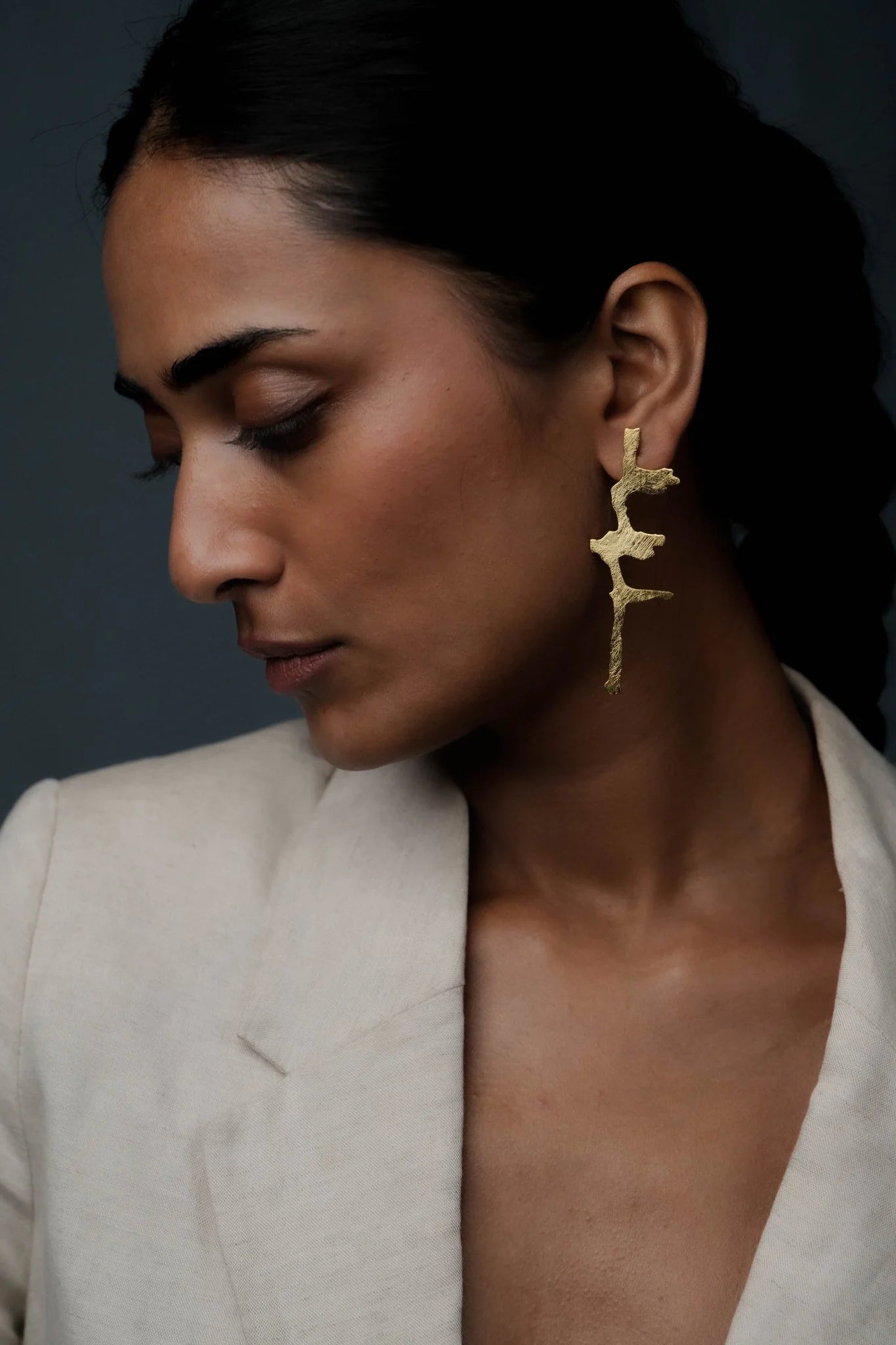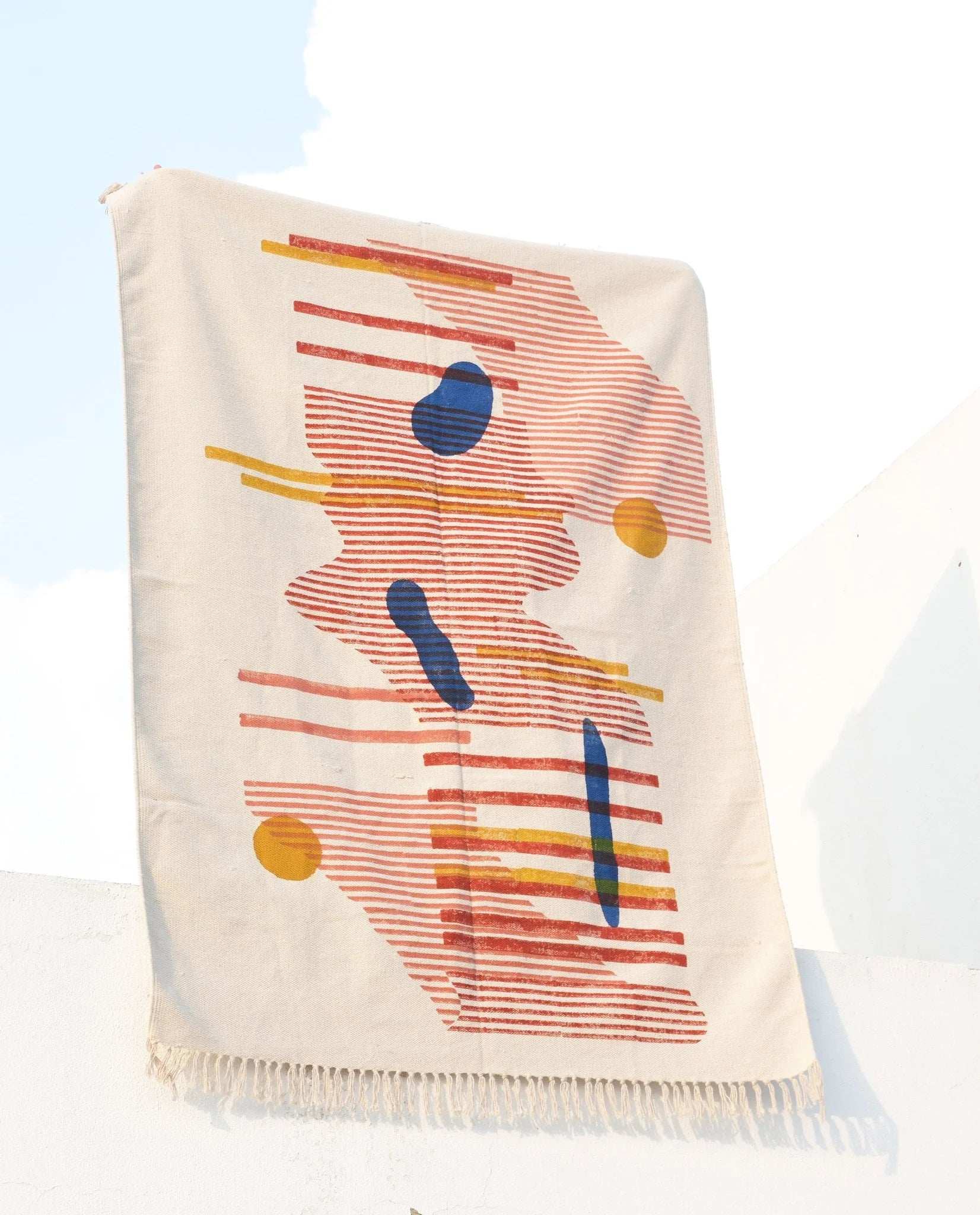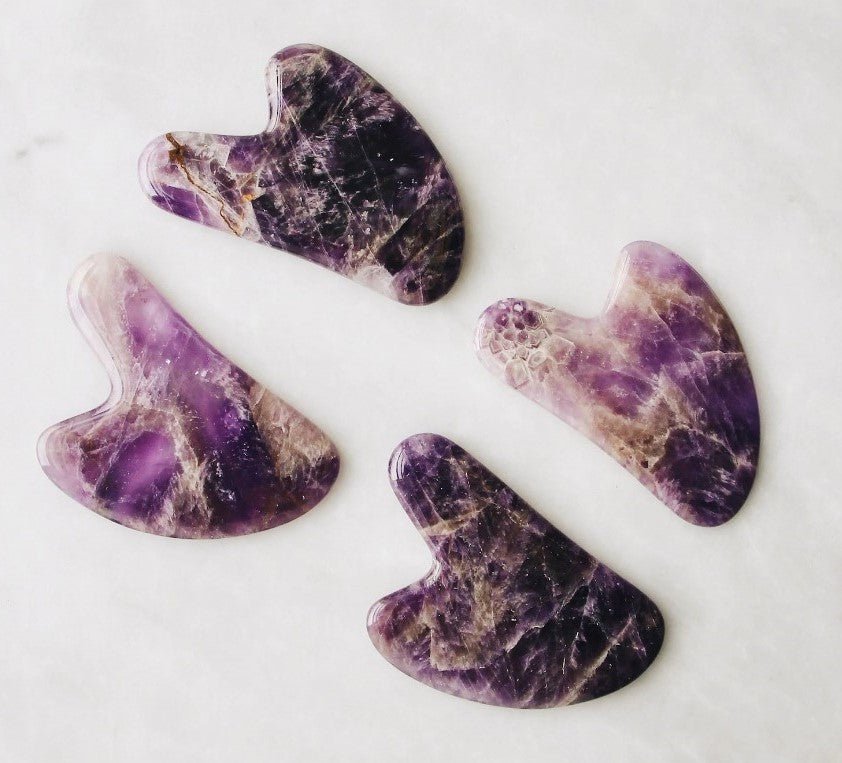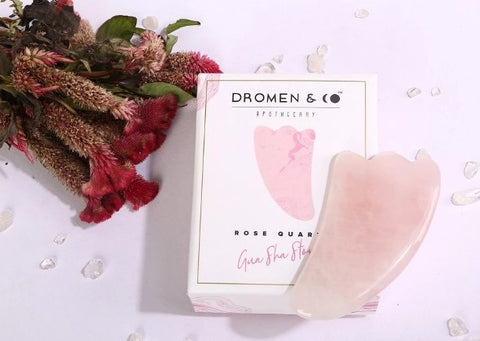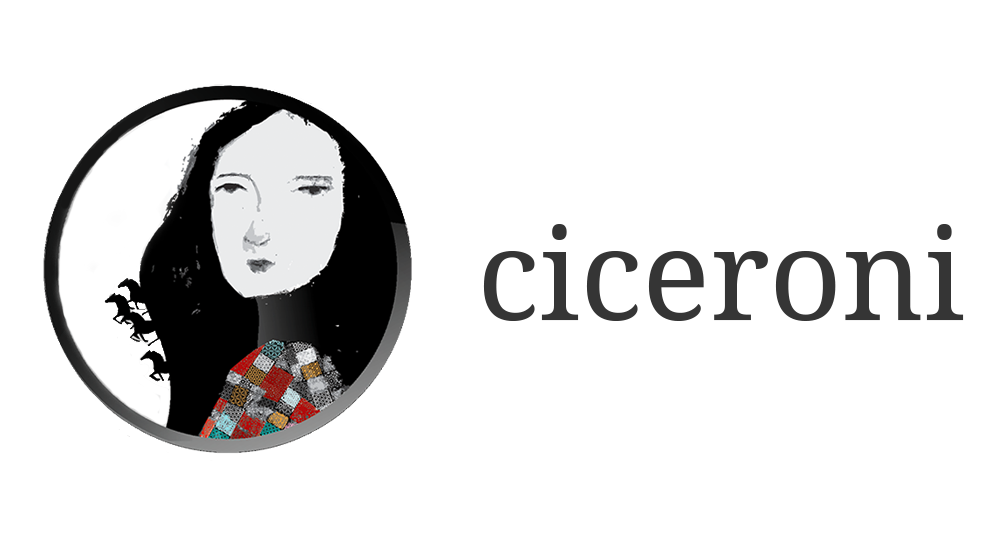#guasha is trending on Instagram with 198K entries whereas #guashafacial has 47K logins. Google shows 71 lac search results for Gua sha.
One wonders what is this new entrant in the market that is so heavily searched?
Gua sha, an ancient Chinese technique roughly translated as scraping in English, is the latest wellness fad that is ringing the cash counters of salons and beauty e-commerce sites. Endorsed by celebrities like Gwyneth Paltrow, Elle MacPherson and even Justin Bieber, Gua sha picked up the steam globally during the pandemic. With nowhere to go for beauty treatments and a niggling fear of getting infected if one goes out, bringing Gua sha stones home has turned out to be a girl’s best companion for DIY skincare routine.
Wellness beauty regimes are having their golden moment. With nothing to ingest or inject in the body, these non-invasive home care routines are paving the way for clean beauty routines just like clean eating in the times of lockdown.
But, is it a new technique or is it the reinvention of an old idea packaged in a millennial friendly way ?
WHAT IS GUA SHA?
“Gua sha was originally used for two conditions- the abrupt and sudden collapse of the body from heatstroke and seasonal diseases, like a cold virus” shared Ping Zhang, DOM, L.Ac, a New York–based Traditional Chinese medicine (TCM) guru and a pioneering acupuncturist in the field of facial rejuvenation in an interview to Vogue. She added “Traditionally, gua sha could be performed with whatever tool was on hand, an animal bone or horn, a soup spoon, a coin and was often used as far back as the Yuan Dynasty to revive farmers who collapsed with exhaustion from working under the hot sun.”
Gua sha, meaning to “scrape away illness” traditionally involves using tools such as bian stone, jade or ox horn with lubricant to scrape and rub parts of the skin repeatedly in one direction. The aim is to activate blood circulation to dissipate blood stasis based on TCM ( Traditional Chinese Medicine) theory.
The very first use of Gua Sha dates back to the Palaeolithic Age, otherwise known as Stone Age, when primitive stones were first used by hunters and gatherers to rub parts of the body to alleviate pain symptoms. Gua Sha began to take its new form through the traditional Chinese medicines that were used way back in the Ming Dynasty. It is believed that rubbing the skin’s surface is thought to help break the energy, reduce inflammation and promote healing. This method can not only be found in China, but in entire Southeast Asia including Vietnam, Laos, Cambodia, Thailand, Malaysia and Indonesia.
“Our grandmothers used to use pumice stone in the earlier days to rub the feet. Pressure massage has been used traditionally to alleviate pain; we ourselves press our calves when in pain. Gua Sha is nothing but a modern interpretation of the ancient technique of applying pressure with whatever material available to alleviate pain and boost wellness” comments Dr.Sushant Shetty, Head – Kaya Skin Clinic India and MD Dermatologist on the rise of Gua sha trend on internet. He adds “Massages play on all senses of our body giving us a feel good factor. When one rubs these smooth jade or rose quartz Gua sha stones with oil or serum on the face with some pressure, it increases blood circulation and aids drainage of fluids thus leading to skin flushing. The after-glow is attributed to this basic principle of massaging. However, when one does Gua sha massage at home, one has to be careful of the amount of pressure applied. In case of more pressure, it can lead to bruises and pigmentation”.
While many believe that Gua Shas are needle-free healing treatment that improve blood circulation, lymphatic drainage and skin elasticity, there are others who believe that they are mere market fads and cannot be seen as a replacement for clinical skin treatments. Many practicing dermatologists have questioned the ability of Gua Sha to help lessen wrinkles or lift the face as they do not have what it takes to effectively get under the epidermis of the skin and affect the skin’s elastin production.
What it does however is definitely make you feel good at the end of the session. Wellness goals ?
Shirali Shah, Fashion Stylist, Influencer and Founder – Dhaaga Saarang Ahmedabad shares her experience with Gua sha as she comments “The trend has definitely picked up in recent times. If done correctly and with the right pressure and routine, using Gua Sha can definitely be a good routine for skin care. It does help sculpt your face and tighten it if done religiously. I have been using YBP Gua Sha. The only drawback I feel is that these crystals are very delicate so you need to take care of them, clean them and store them correctly.”
Gua Sha tools, created using jade and rose quartz stone and shaped without using unnecessary resins, form the luxe variant of the traditionally used ox horn in the hinterlands of China. Varied in their use, both these crystals have been revered in Chinese medicine for thousands of years. While Jade is used to balance yin and yang energy, the rose quartz serves to help generate skin cell renewal as well as improve uneven skin complexion.
New buyers want to understand the authenticity of Gua Sha, on which product to buy out of countless versions available from brands like Forest Essentials, YBP Cosmetics and L’oreal besides others portals.
Addressing this query of how to identify the right Gua Sha, Anuja Deora Sanctis, CEO – Filter Coffee Communications and a Gua Sha user shares “It is a struggle to understand which is the best as mostly all of them come with certification of authenticity. There are Gua Shas available at a price range of Rs. 900 to Rs. 1500 and they may be brittle and get worn out easily as they may not be crafted out of the original stones. On the other hand, the ones sold by bigger brands are expensive as they range between Rs. 2000 to Rs. 3000, but they are better in quality and are smoother in texture. I began using Gua Sha by Dromen & Co just after the lockdown. Using it for 2-3 times a week with serum, I believe it’s one of the most effective technique for transforming one’s skin. Not only does it soothe the skin and aid lymphatic flow, it also releases tension and relaxes the facial muscles after the constant work day strain that one goes through.”
Meanwhile, Cecilia Wong, Founder of Cecilia Wong Skincare, cites the clean beauty movement as a major source of momentum behind gua sha’s popularity. “As beauty consumers in general have shifted toward healthier, natural, organic ingredients, they have also started seeking similar approaches to potential anti-aging treatments, and avoiding painful, expensive procedures,” she says. “Gua sha offers an alternative, natural and healthier method to maintaining younger looking skin. It has been shown to have great results, at an affordable cost, and with little downtime, which means more have been willing to try it.”
HOW TO USE GUA SHA AT HOME ?
Now that you are attuned to the idea of buying one, how do you use it in a way that’s good for your skin? Most beauty experts say that the basic technique involves applying serum or oil and then gentle scraping, usually in an upward motion.
Start by placing the flat side of the tool at the base of your neck and stroke it upwards at a 45-degree angle to the face. You can also place the flat side of the tool on your shoulder or chin and stroke upward to where your jaw and ear meet. Ensure that you don’t use this tool if you have any rashes, sunburns, cuts, or blood coagulation issues, as it would not be safe.
Whether you believe in the tall claims of Gua Sha or not, it will be definitely worth a try to indulge in a DIY skin care that allows your skin to be massaged and pampered at home.
